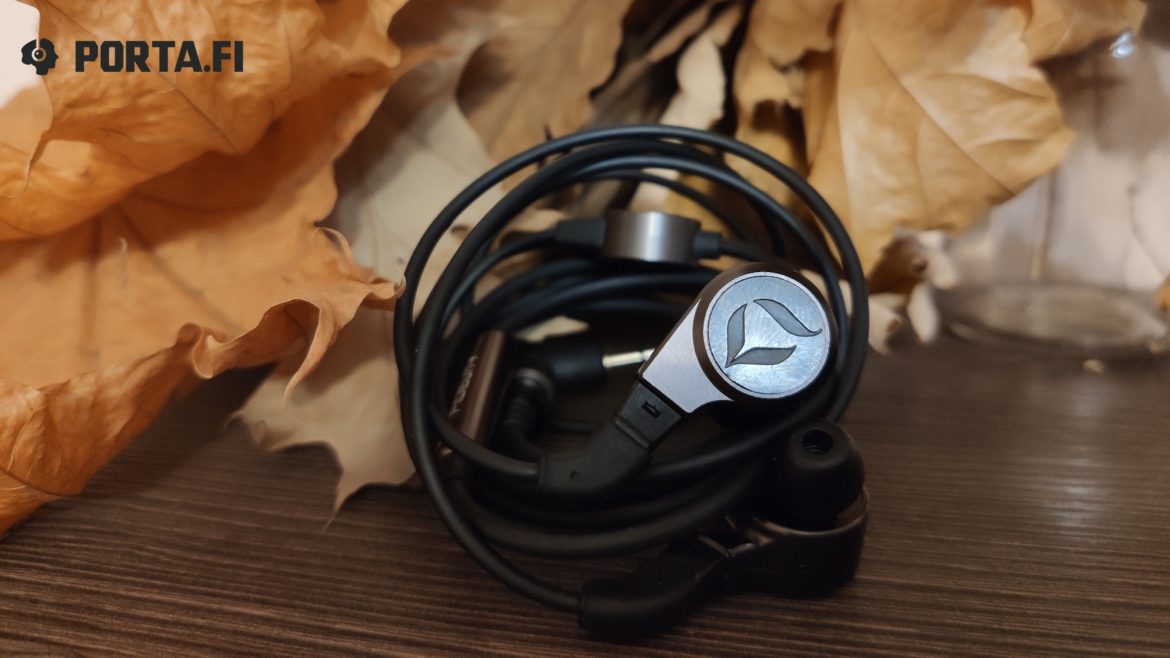Nowadays, in the time of constant technical progress, not all of manufacturer has needed stubbornness and longing to their goals to proceed doing what they do. There are enough offerings in the market of armature and hybrid earphones and dynamic model can be met not so often. Nevertheless, the same technologies allow to avoid disadvantages of dynamic drivers as well. As for the sound, such earphones can be competitive with both armature and hybrid solutions. It’s not about the type and amount of transducers after all, but the ability to cook them.
Singapore Dita Audio company are surely among those who can cook dynamic driver correctly. In their time they have shaken audiophile world with well-known ‘the Answer’ models. Of course, non-detachable cables have been an arguable solution, but there is an explanation to that thing. As the manufacturer assures, the senior models have been different from junior only in cable, but it’s hard to believe in that, since dynamic drivers are usually not so sensitive to cable rolling. However, the statement has led to people using 3rd party cables and trying to save.
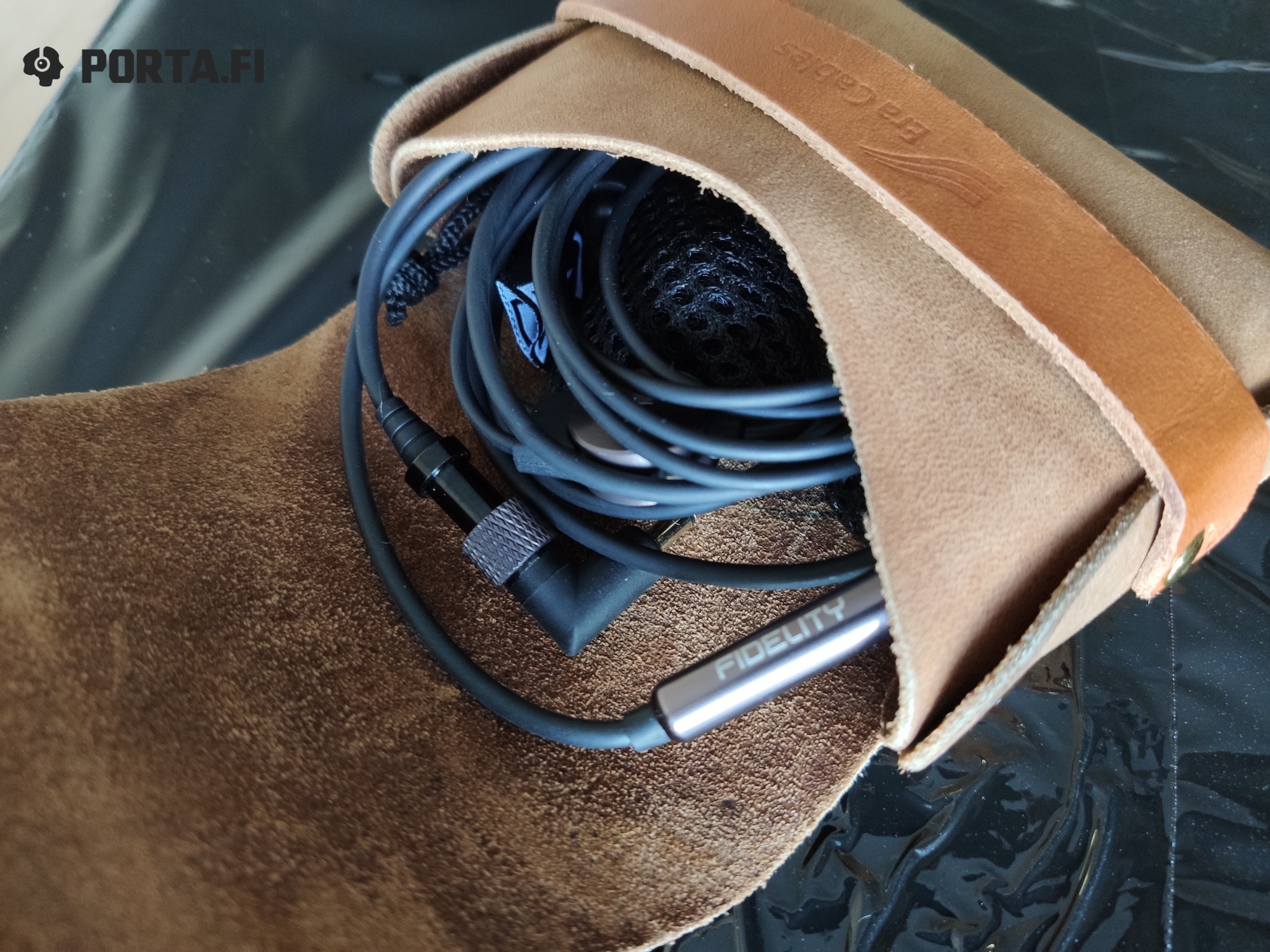
As for manufacturer, in the year of 2017 Dita have developed the system of detachable connectors and this have made the need of ‘hardcore’ change of cable in case you have changed source. The stock cable in the senior models has been manufactured by the Netherlands Van den Hul company. Later on it has been released as a separate product, and as its owner I can say that it’s one of the best cables I have listened to. But I will speak about it another time.
Understanding that they should not stop on what has been achieved, Dita have decided to renew their lineup. ‘Dream’ has become a top model, and there are two other models that have occupied pre-top position and the company has defined them as Twins: Fealty and Fidelity. We will speak about latter model.
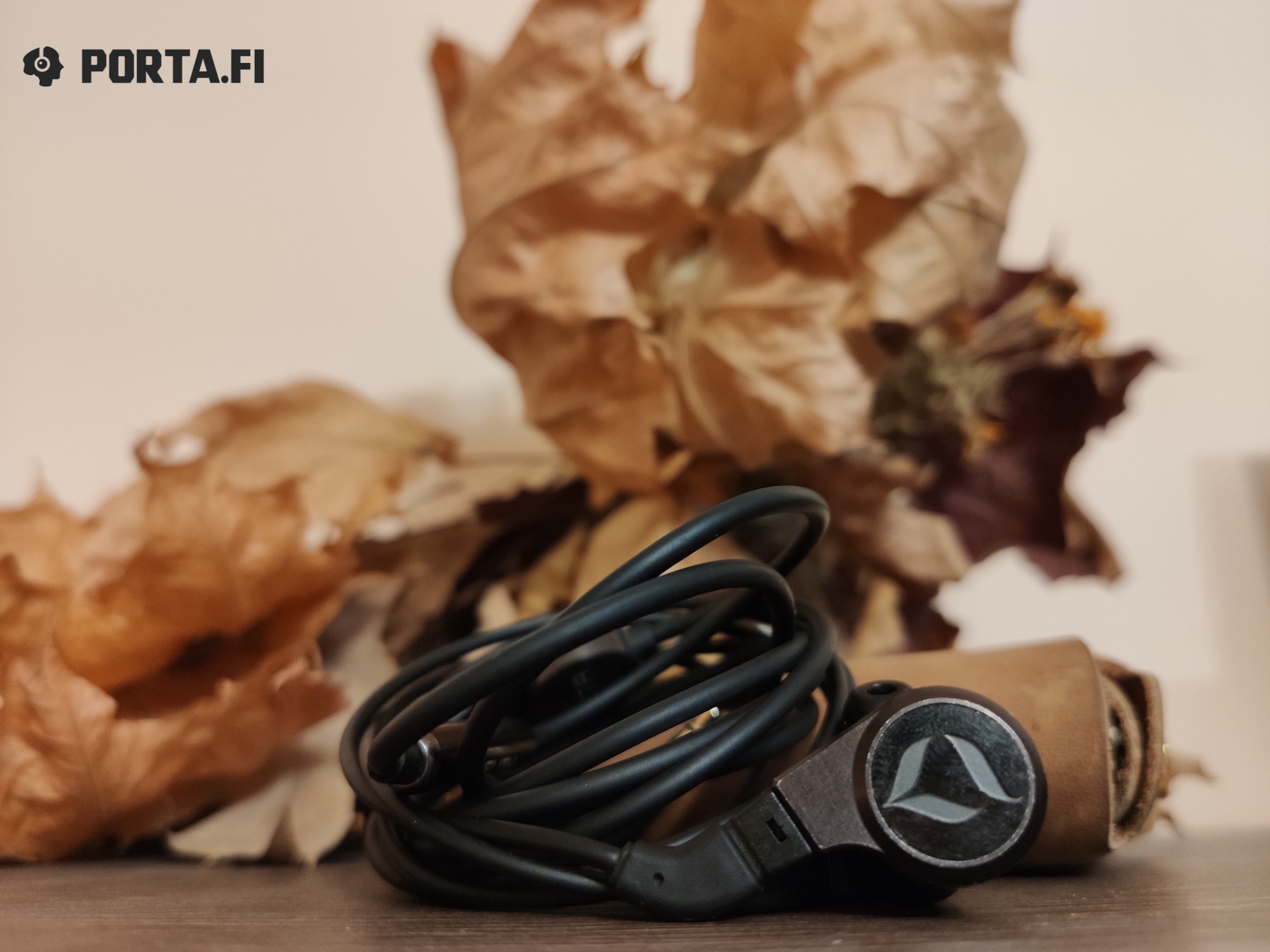
The headphones have received the renewed design, still traditional for the company — round compact plain bodies made of metal with logo on the outer part, good nozzle angle — everything for comfortable fit. I believe there can be no complaints apart from nozzle length, but in my case the IEMs are one of the most comfortable despite absense of any original ergonomic solutions. As for the more apparent changes, now the IEMs have detachable cables. There are 0.78mm connectors that are situated on a small plastic surface and clicks for additional fixation. The connection is very secure and tight and at the same time you don’t have to apply excessive force to detach the cable.

The IEMs have dark brown color and is called Barium Grey by the company. It looks interesting. The cable looks rather simple in terms of appearance, it’s rounded with rubber coating that ensures tangle-free experience and lacking of microphone effect. There are no ear hooks and the length is enough to wear it on the back. The cable is soft and convenient and it’s good. There is a brand system of interchangeable connectors that allows to make cable 2.5, 3.5 (balanced and non balanced) or 4.4 mm variant. The jack holds on well and secure, signal is never interrupted. In terms of size the system is on par with typical cornered connectors.
Despite the dynamic origin, the headphones and not totally indifferent to cable rolling, so if you want to get the most of them, take this into account. I have enjoyed the combination with Whiplash Audio TwAu Reference (Eclipse) and Dita the Truth the Replacement Cable with them.
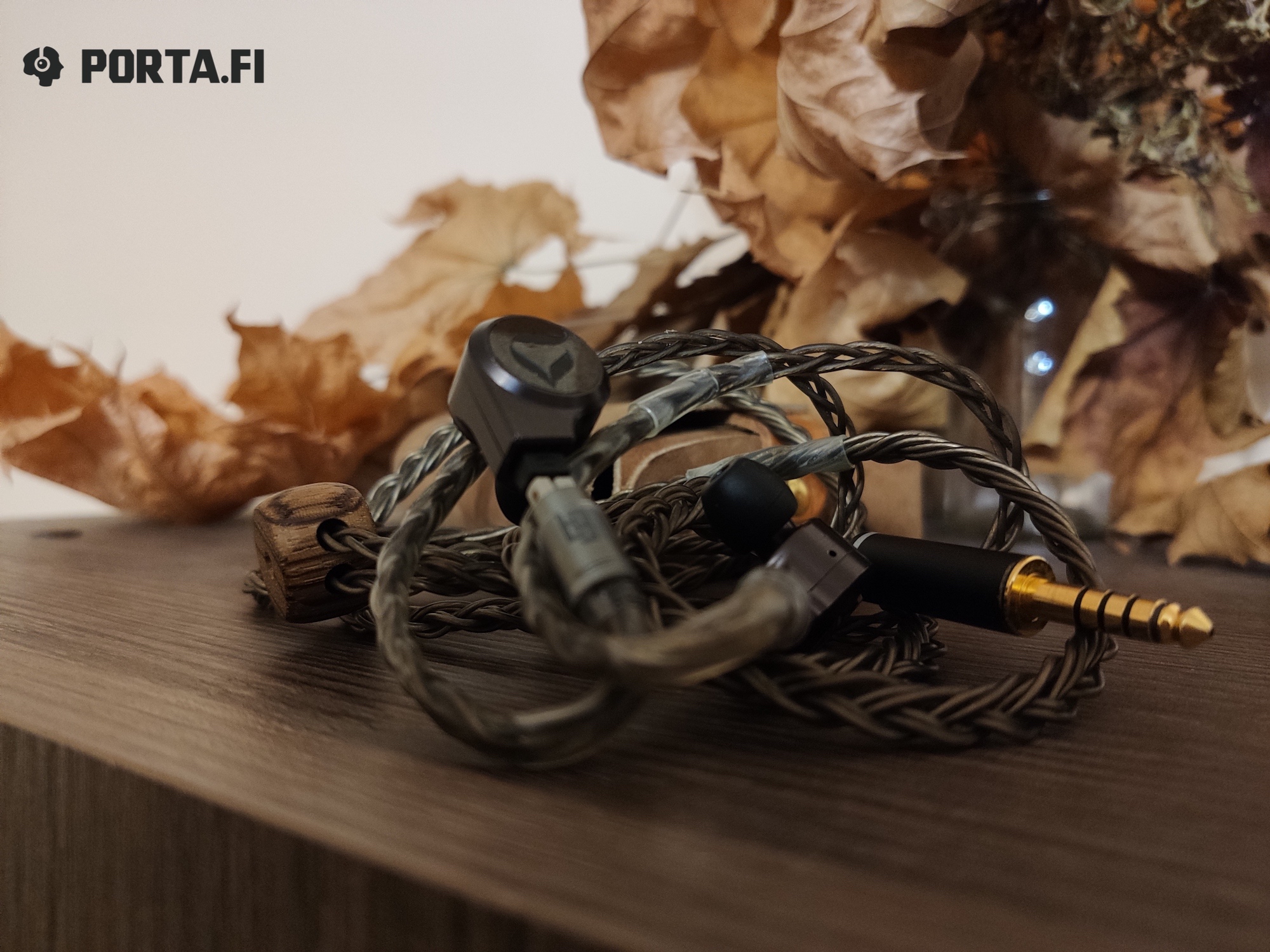
What about the sound?
On the one hand good balance of macro and micro details with the latter slightly prevailing. On the other hand — almost total neutrality and transparency. The headphones can be considered a good example of neutral, non-colored presentation.
Lows are well defined and controlled from the depth, but lack any accent or coloration. You won’t find it tending to cold or worm side or having additional weight or, on the contrary, dryness — nothing like that. The lows are exactly as in the recording. This means neutrality and makes live instruments sound lively and realistic if it is in the recording and can be transmitted by source. For lifeless electronic music or industrial it brings cold distant manner. The heavy genres have needed wall of sound during blast-beat. If I have used to give music examples, I should have put something from the Algorithm here — the way the IEMs treat simultaneous parties of live and synthesized percussion really astonishes.
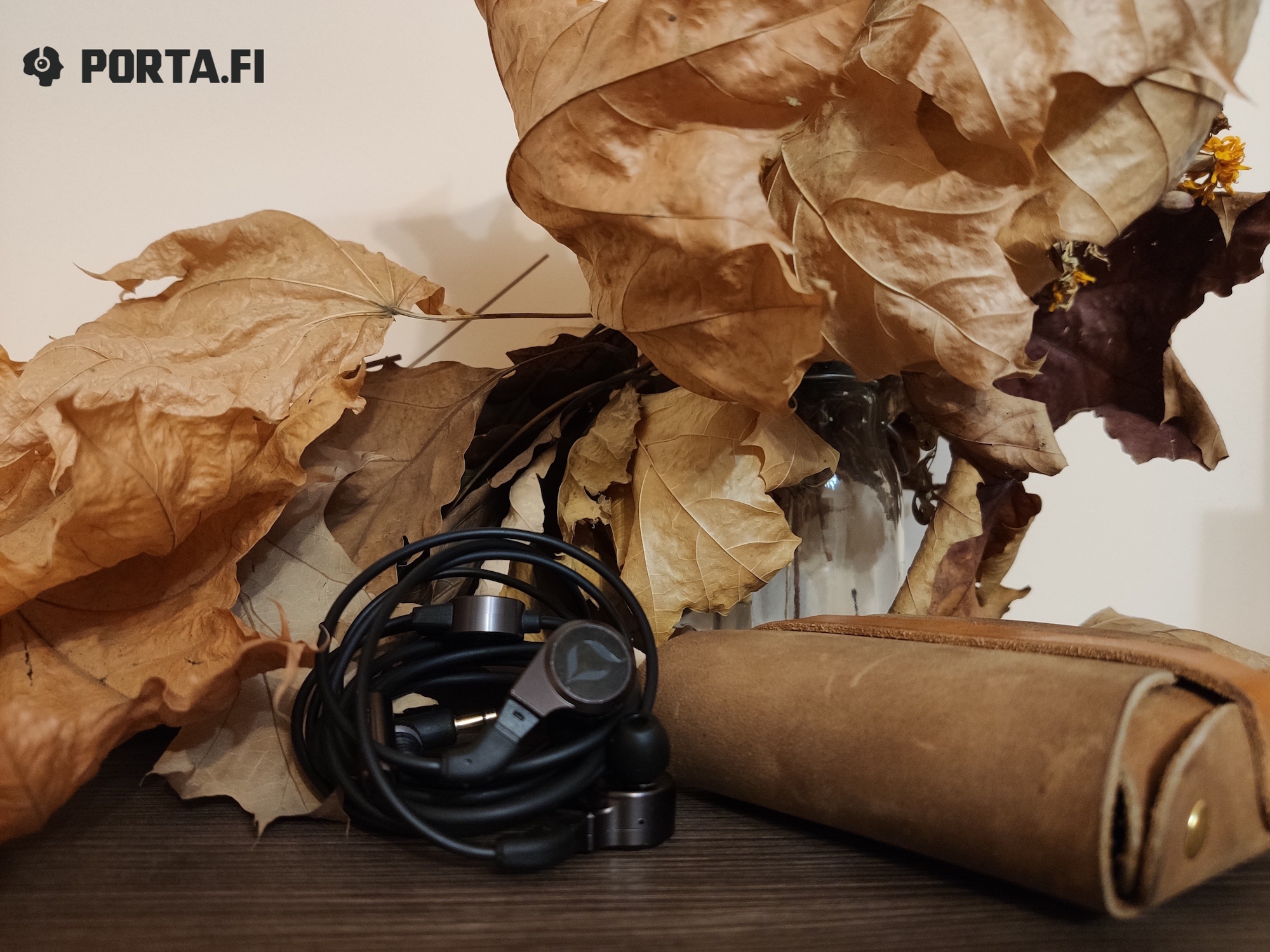
The mids have good level of details and control and do not lack decays. The attacks are good as well — you will get what is in the recording as well. Good level of texture and natural sound are complimented by great technical ability and transmission of smallest nuances.
The highs have reference length, there is no hint of smoothing so expect no remorse here. But you will excuse them for that for the way they play the smallest and neatest overtones and decays. I think everyone who aims these IEMs should understand there is no sense in listening to badly recorded music or having source of bad quality. Apart from that the highs have great level of details, good attacks that is approximately on an armature or even planar level and absence of abundant sharpness or smoothing.
The soundstage. The way the IEMs build it is astonishing. The instruments are well defined and positioned. You will hear their size and still there will be enough air and at the same time the composition still sound as a whole. The width is close to maximal for this form factor, the depth is above average and it allows to enjoy spacious recordings.
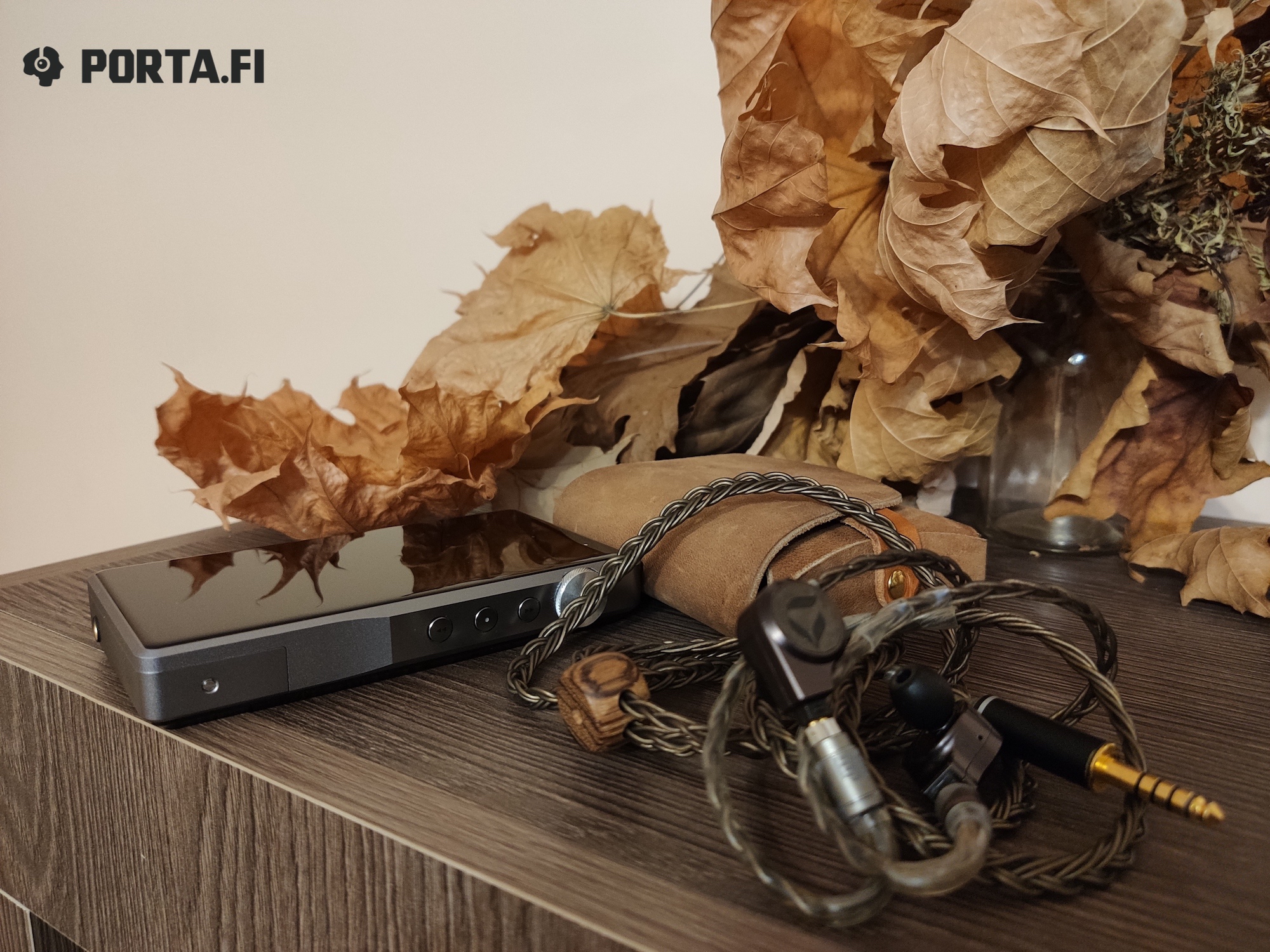
Making the conclusion, I’d like to say that despite it’s non-top status, the model deserves it, since it’s hard to make the most of dynamic driver and I really admire the engineers.
Given overall monitor and technical sound, the headphones are still far from being sterile or overly critical to recording and source. So, if you search for reference dynamic headphones that allow to correctly transmit recordings, you should try to find Fidelity.
Translated by: Vadim Kolchev

